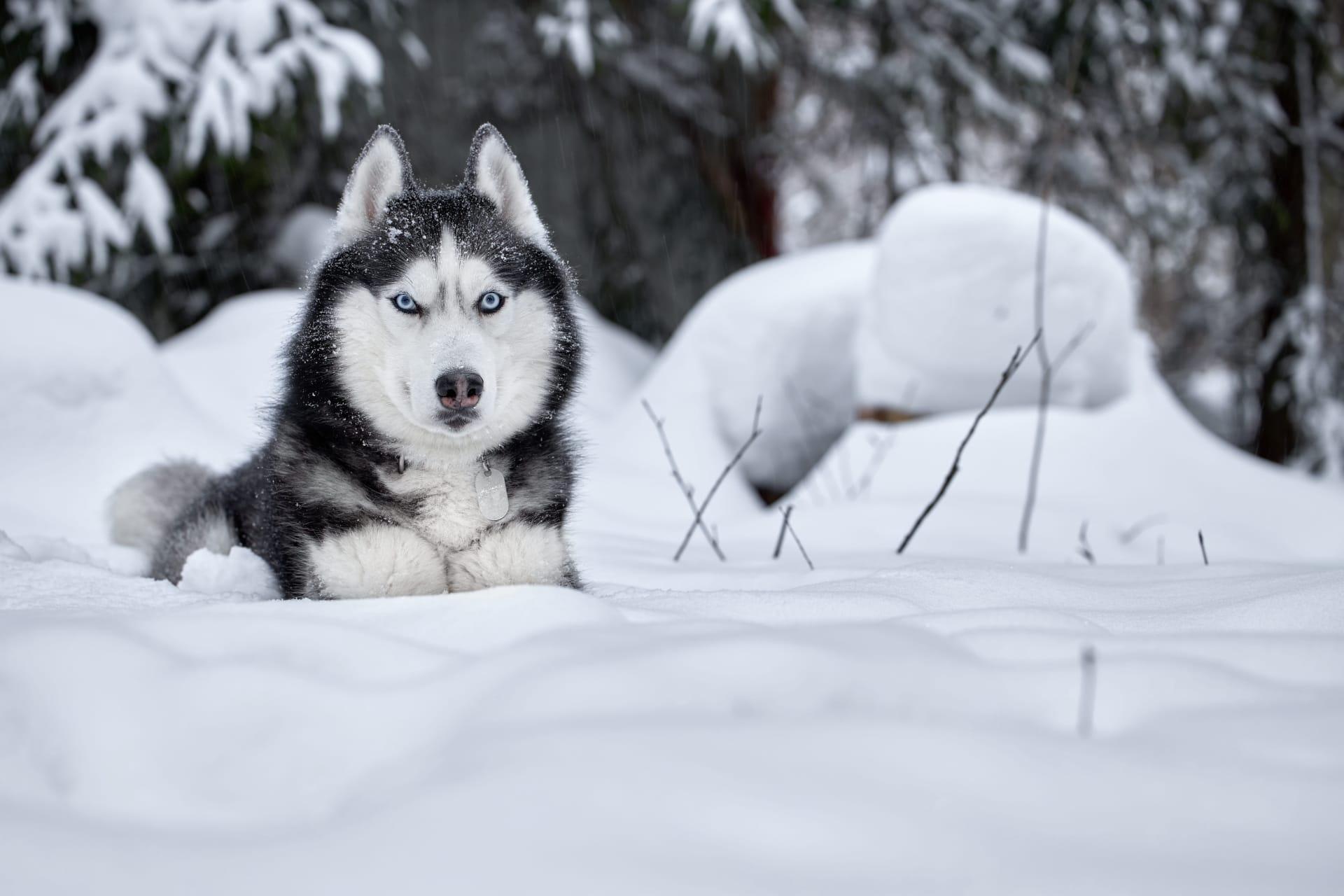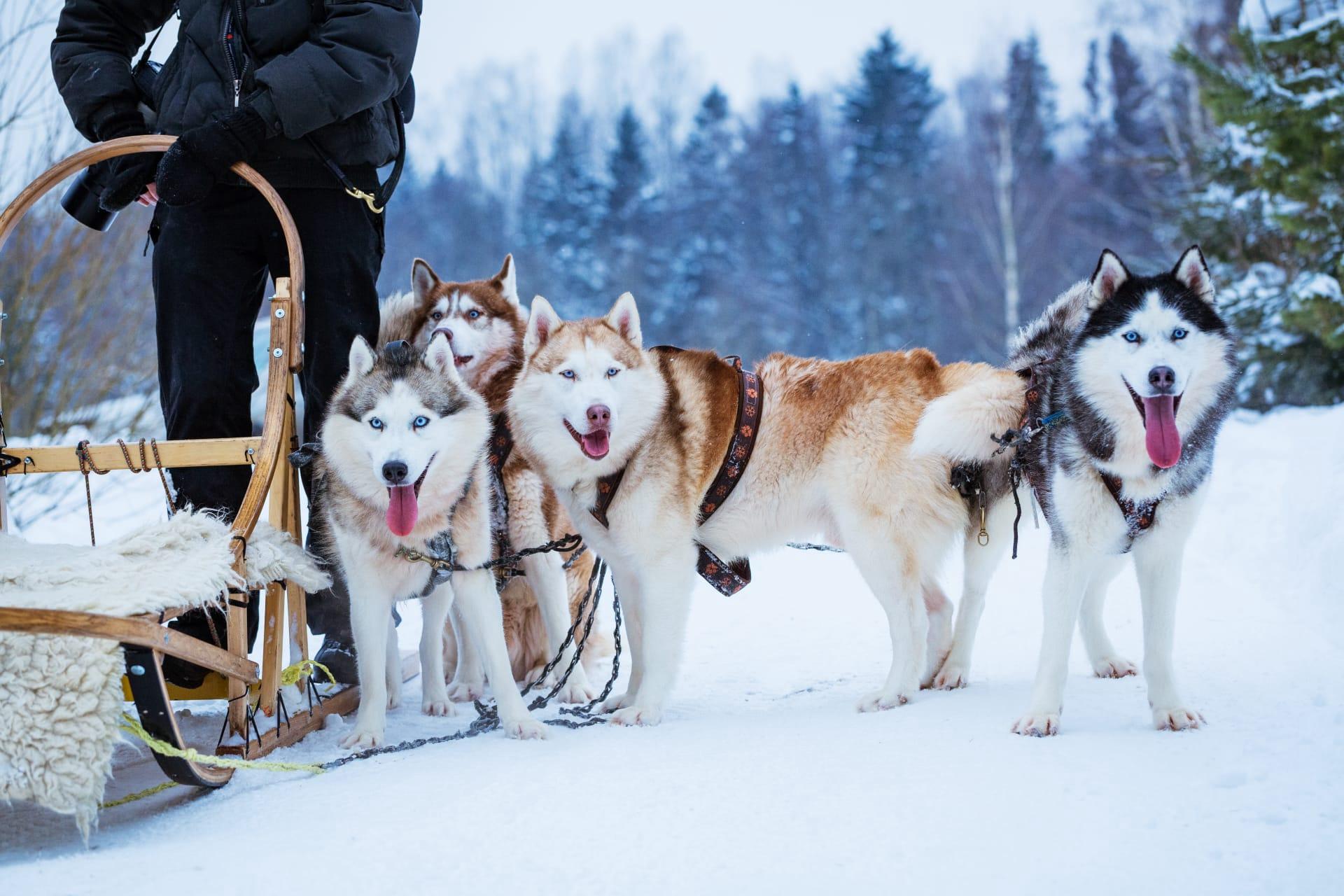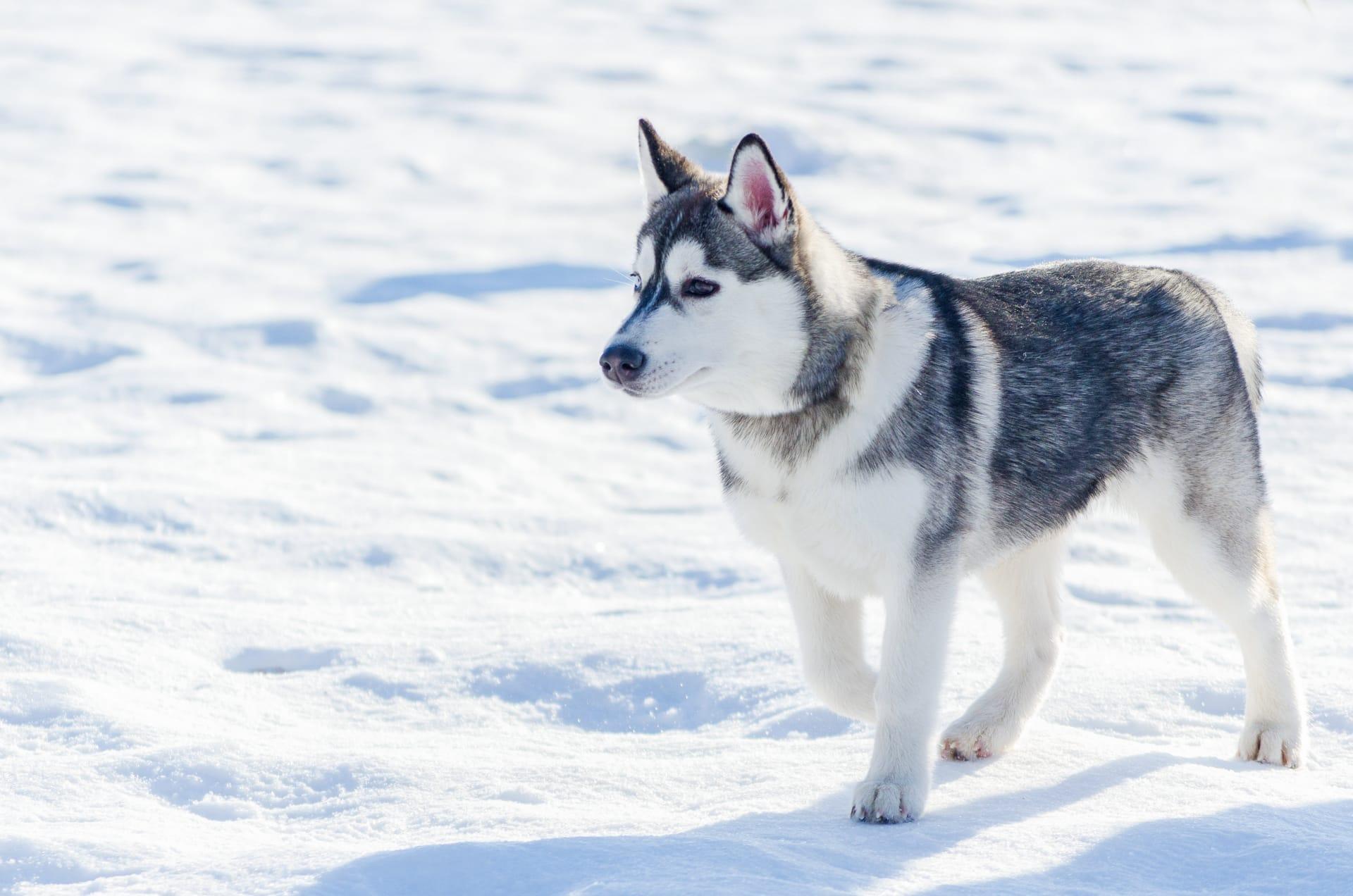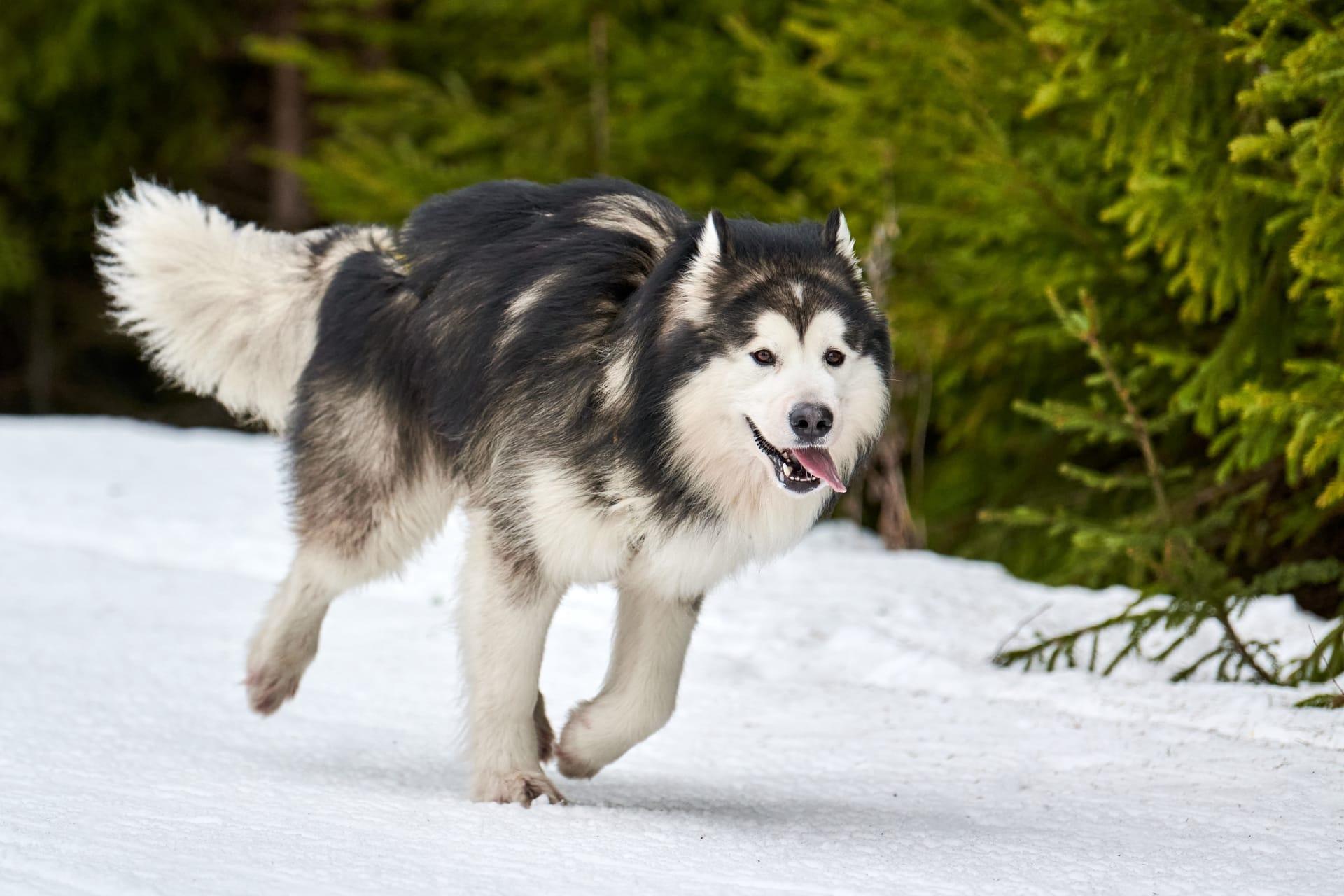1
Siberian Huskies, renowned for their remarkable endurance, can cover distances up to 150 miles (241 kilometers) in a single day when pulling a sled. This extraordinary stamina is paired with a metabolism that allows them to conserve energy and maintain a steady pace over long distances without fatigue. Their thick double coat, consisting of a dense undercoat and a longer topcoat, protects them in temperatures as low as -60 degrees Fahrenheit (-51 degrees Celsius), making them ideal for Arctic conditions.
Another intriguing aspect of Siberian Huskies is their unique eye color. Unlike most dog breeds, they can have blue eyes, a trait typically associated with genetic mutations in other breeds. Even more fascinating is the phenomenon of heterochromia, where a Husky can have one blue eye and one brown eye. This striking feature does not affect their vision and is purely a genetic quirk, adding to their distinctive and captivating appearance.

2
Siberian Huskies have a remarkable ability to change their metabolism, which has baffled scientists. This adaptation allows them to pull sleds for hours without experiencing fatigue. During long-distance races like the Iditarod, they can burn calories efficiently without losing weight or muscle mass, a trait not seen in most other breeds. This metabolic switch is a survival mechanism, enabling them to thrive in harsh Arctic environments where food may be scarce.
Despite their size, with males averaging 45-60 pounds (20-27 kilograms) and females 35-50 pounds (16-23 kilograms), Siberian Huskies are not big eaters. Their diet efficiency is exceptional; they require less food than other dogs of similar size, a trait evolved from their origins in the harsh Siberian climate. This efficiency is advantageous for sled racing, as it reduces the weight of food supplies that must be carried on long journeys.

3
Siberian Huskies have a unique vocal range, setting them apart from other dog breeds. They rarely bark but are known for their "talking" and howling abilities. Their howl can be heard up to 10 miles (16 kilometers) away in quiet conditions. This communication method is not just for interaction with humans but also serves as a way for the pack to communicate over long distances in their native Arctic environment.
The coat of a Siberian Husky is self-cleaning, requiring less bathing than many other breeds. Their fur repels dirt and debris naturally, thanks to the texture and oil distribution in their coat. This feature was crucial for survival in the Siberian wilderness, where bathing opportunities were rare and maintaining a clean, insulating coat was essential for warmth.

4
Siberian Huskies have a high prey drive due to their ancestral role as hunters in Siberia. They were bred to chase and hunt small animals, which means they can sometimes be a challenge in households with small pets like cats or rodents. This instinct, however, also makes them excellent at activities that simulate hunting, such as lure coursing.
These dogs have a unique social structure that mimics that of a wolf pack. In a family or team setting, they establish a clear hierarchy, with an alpha male and female leading the group. This social order influences their behavior and interactions, both with other dogs and humans. Understanding this hierarchy is essential for effective training and harmonious living with a Husky.

5
Siberian Huskies have almond-shaped eyes that provide a wider field of vision, allowing them to see predators and prey at a greater distance. This adaptation was crucial in the vast, open landscapes of Siberia, where spotting potential threats or prey from afar was essential for survival.
Remarkably, Siberian Huskies do not have the typical "dog odor" and are known for being relatively odor-free. This lack of a strong scent is attributed to their clean, self-maintaining coat and the cold environments in which they evolved, where strong scents would not persist as easily. This trait makes them particularly appealing to owners who are sensitive to pet odors.